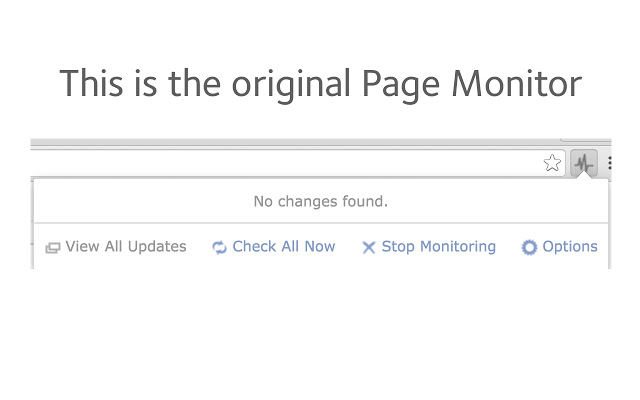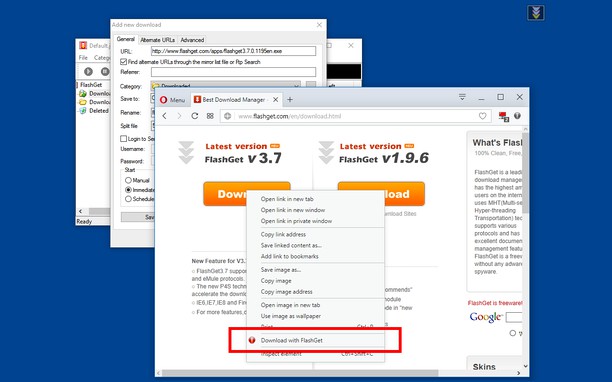
- Chrome file monitor addon how to#
- Chrome file monitor addon install#
- Chrome file monitor addon driver#
- Chrome file monitor addon trial#
Chrome file monitor addon driver#
To check if it is working play a video which is using a codec supported by your VA-API driver ( vainfo tells you which codecs are supported, but Chromium will only support VP9 and h264):
Chrome file monitor addon install#
Install the correct VA-API driver for your video card and verify VA-API has been enabled and working correctly, see Hardware video acceleration.VA-API does not work with the chromium package when using the native Wayland backend, but it does work in chromium-wayland-vaapi AUR.However, chromium from official repositories is compiled with VA-API support and you may ask for help in the dedicated forum thread. There is no official support from Chromium or Arch Linux for this feature.~/.config/nf # This line will be ignored. (This is only supported by the chromium launcher script and will not work when using nf with the google-chrome AUR package.)īelow is an example nf file that defines the flags -start-maximized -incognito: Lines starting with a hash symbol (#) are skipped.Flags can be placed in separate lines for readability, but this is not required.In case of improper quoting anywhere in the file, a fatal error is raised.The arguments are split on whitespace and shell quoting rules apply, but no further parsing is performed.No special syntax is used flags are defined as if they were written in a terminal. You can put your flags in a nf file under $HOME/.config/ (or under $XDG_CONFIG_HOME if you have configured that environment variable) or /etc/ for global. For google-chrome AUR and google-chrome-dev AUR, use nf and nf instead.

Chrome file monitor addon trial#
To detect and remove Chrome extensions from your network, download a free, 30-day trial of Browser Security Plus and try out these features for yourself.Note: The nf file and the accompanying custom launcher script are specific to the Arch Linux chromium package. This ensures the presence of only trusted extensions in your network. Distribute those extensions that you trust and you believe to be absolutely necessary to the users through Extension Repository, while restricting the download of any new extensions. This pushes the ball to your court handing you control over the situation. To simplify things, Browser Security Plus offers an Extension Repository which enables you to silently distribute extensions to users. Step 5: Click the ellipsis (3-dot) icon for the extension you wish to remove and select Remove. Step 4: Scroll through the list of extensions. Step 3: Click on the Add-ons icons and select Extensions. Step 6: If the add-on can be deleted, you'll see the Remove option. Step 5: Select the add-on you want to delete. Step 4: Click Remove, corresponding to the extension you want to remove. Step 3: Click on More tools and then Extensions. Step 2: Click on More at the top right corner.
Chrome file monitor addon how to#
The below steps explains how to manually remove Chrome, IE and Firefox add-ons on your machines. How to manually Uninstall or Remove Chrome extensions? Step 6: Deploy the policy to computers that you want to apply the changes to. Step 4: Select No corresponding to Allow user to install extensions Step 3: Click on the Mozilla Firefox tab. How to remove add-ons in Mozilla Firefox?įollow the below steps to remove unnecessary add-ons used by employees in Mozilla Firefox browser. Step 4: Select the plug-ins/add-ons that you want to blacklist from the Blacklist Plug-ins drop down list.

Step 3: Click on the Internet Explorer tab. Follow the below steps to disable plug-ins in Internet Explorer browser. Remove those plug-ins that could be potentially harmful using Browser Security Plus. How to remove plug-ins in Internet Explorer?ĭetect the plug-ins used by users that aren't up to date and those that are unsigned. Step 4: Select the permissions you want to blacklist. Step 3: Click on Search Permissions corresponding to Blacklist Permissions. Step 2: Navigate to policies and click on Add-on Management. Step 1: Open Browser Security Plus console. To disable Chrome extensions based on the permissions follow the below guidelines:


 0 kommentar(er)
0 kommentar(er)
